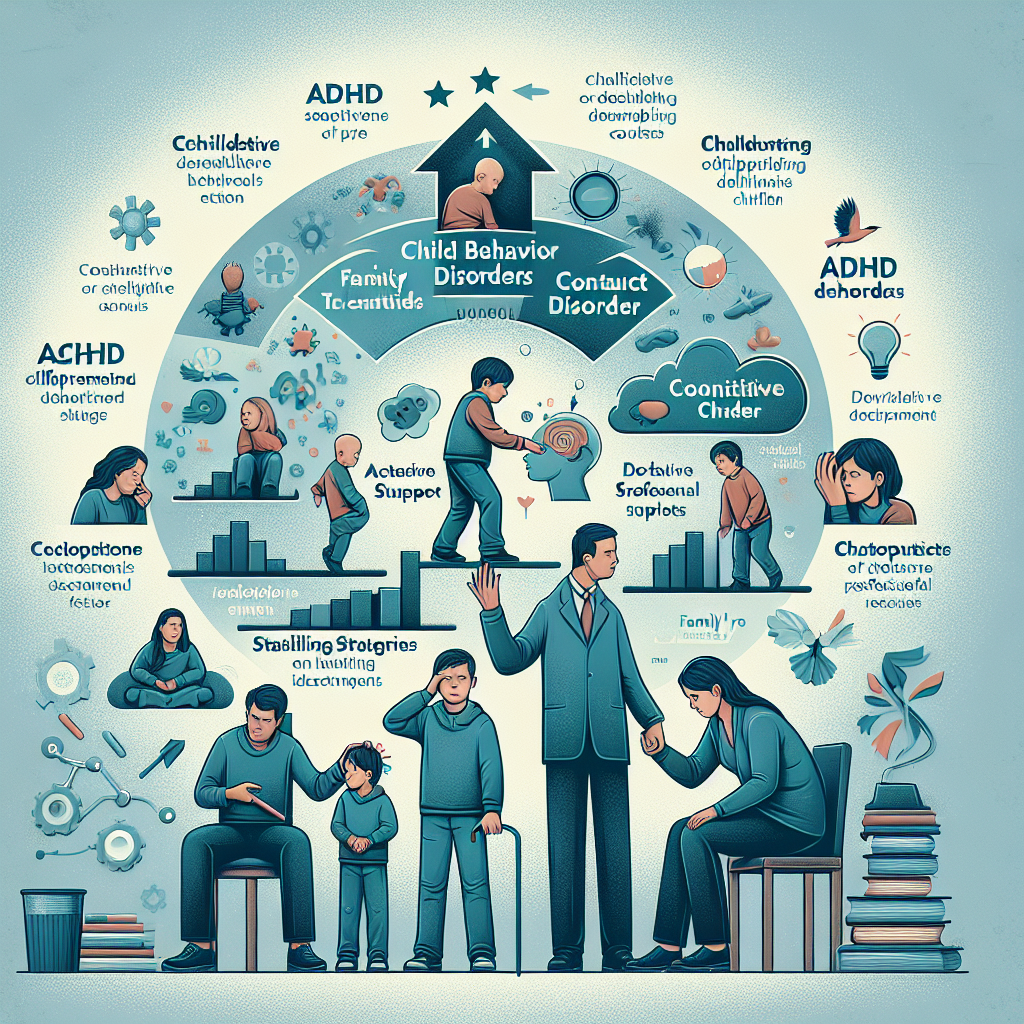The Problem Child: How Behavioral Disorders Should Be Managed
Introduction
Parents can often feel overwhelmed by their children's challenging behaviors. Behavioral disorders are not just a phase that all children go through, but can be a sign of underlying problems that require attention and intervention. In this article we will explore the essential stages of child development and how parents can effectively manage behavioral disorders.
Stages of Child Development
Understanding developmental stages is crucial in identifying and managing behavioral disorders in children. Each stage comes with specific challenges, and recognizing these can help parents navigate through them more easily.
Motor Development
Motor development encompasses the progress of a child's physical skills, including gross movements such as walking and fine movements such as writing. If you notice significant delays or aggressive behavior related to motor activities, it is important to consult a specialist.
Language development
Language is an essential tool of communication and expression. Delay in language development can lead to frustration and oppositional behavior. If a child cannot communicate effectively, he may resort to negative behaviors to make his voice heard.
Identification of Behavioral Disorders
A behavior is considered problematic if it is constant, harmful and different from that of other children of the same age. There are several types of conduct disorders, each with its own specific signs and symptoms.
Attention Deficit Hyperactivity Disorder (ADHD)
ADHD is characterized by persistent difficulty concentrating and maintaining attention, as well as impulsivity and hyperactivity. Children with ADHD may exhibit disruptive behavior and learning difficulties.
Oppositional Defiant Disorder (ODD)
Children with ODD often become argumentative, refuse to comply with the demands of parents or authorities, and may have tantrums. These behaviors can affect social relationships and school performance.
Behavior Management Strategies
Addressing problem behavior requires consistency and patience. The strategies below can help parents effectively manage behavior disorders.
Setting Clear and Consistent Boundaries
Children need structure and clear boundaries to understand their expectations. Establishing consistent rules and consequences can reduce challenging behaviors.
Calming Techniques
Learning calming techniques, such as deep breathing or relaxation steps, can help children manage their impulses and stay calm.
Effective Communication
Using open and positive communication can encourage children to express their feelings without resorting to disruptive behaviors. It's important to listen to and validate your child's feelings.
Involvement in Structured Activities
Participating in structured activities such as sports or the arts can help children channel energy in constructive ways and learn important social skills.
Conclusion
Addressing children's behavioral disorders required a deep understanding of their development and a consistent disciplinary approach. Setting clear boundaries, learning calming techniques, and effective communication are just some of the strategies that can help. We hope this article has been helpful in providing insight into managing challenging behaviors and encouraged parents to seek additional resources and support when needed. We encourage you to visit our platform or subscribe to our newsletter for more valuable information related to parenting and child development.














































































































































